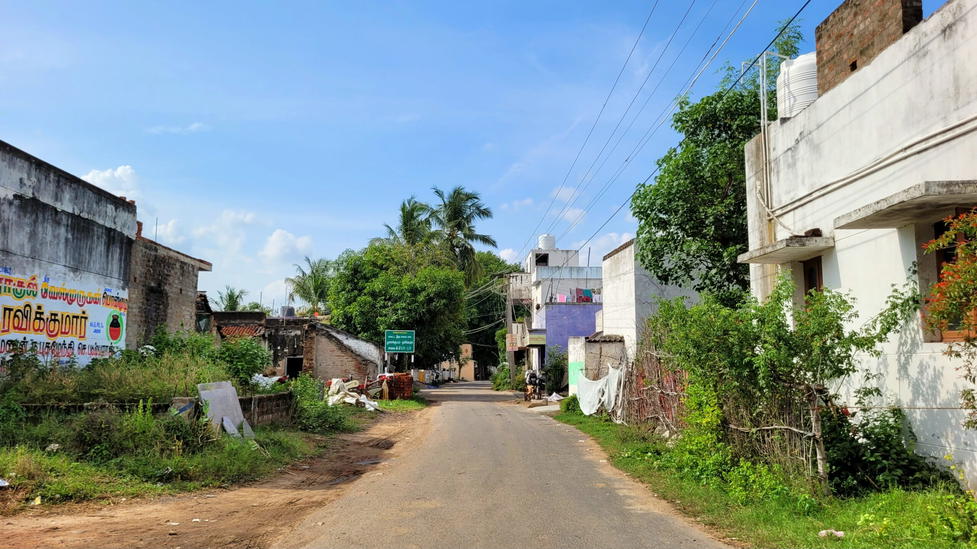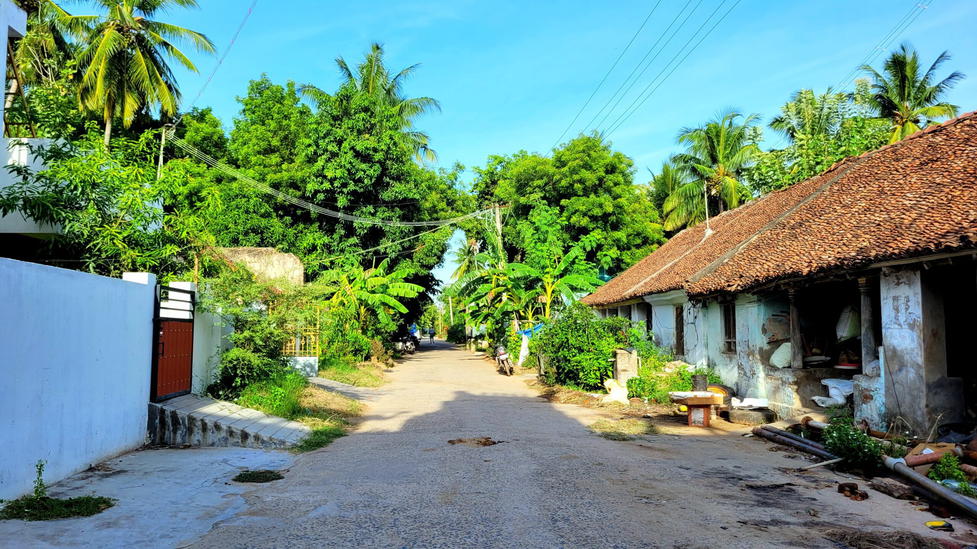Vakkur (வாக்கூர்) is a gram-panchayat village in Vikravandi Block, Viluppuram District, Tamil Nadu, located approximately 10 km from Vikravandi town and about 11–15 km southeast of Viluppuram town. It falls under the 605501 PIN, managed via the local post office.
Population & Families (2011 Census)
- Total Population: 3,980 (1,983 M / 1,997 F), yielding a sex ratio of 1,007 F per 1,000 M
- Children (0–6 yrs): 482 (~12% of population); Child Sex Ratio: 1,096
- Households: 995
Literacy & Social Composition
- Overall Literacy: 73.1%
- Male: 82.6%, Female: 63.5%
Workforce Profile
- Total Workers: 2,022 (~50.8% of population)
- Main Workers (≥6 months): 1,667 (82.4% of workers)
- Cultivators: 267
- Agricultural labourers: 1,084
- Other occupations (incl. household industry): 316
- Marginal Workers (<6 months): 355
- Main Workers (≥6 months): 1,667 (82.4% of workers)
Education & Community Infrastructure
- Panchayat Union Middle School, Vakkur (est. 1919): Co-educational, with classes I–VIII, equipped with a library, computers, drinking water, toilets, playground, electricity, and disabled access.
- ~7 teachers, mid-day meal served
Geography & Connectivity
- Area: ~888 hectares (~8.88 km²)
- Located in Vikravandi Taluk, with surrounding Rural transportation and markets.
- Transport Access:
- Public & private bus services available in the village
- Railway stations within 5–10 km (e.g., Valavanur, Mundiyampakkam, Vikravandi, plus Viluppuram Junction ~11 km)
Nearby Villages & Regional Context
Nearby settlements include Madirimangalam, Pagandai, Poyyapakkam, Tennavarayanbattu, Virattikuppam, Mungilpattu, Tirumangalam, and Kakuppam.
Vakkur is positioned in a vibrant rural network, drawing on nearby towns like Vikravandi and Viluppuram for markets, schools, and health facilities.
✅ Summary
Vakkur is a mid-sized agrarian village with ~4,000 residents, governed by its own gram panchayat within the Vikravandi block. With a strong literacy rate (~73%) and healthy gender balance, its economic fabric is tied tightly to agriculture—over 1,350 residents work as cultivators or labourers. A functioning middle school, access to transport, and nearby towns anchor its community life.

